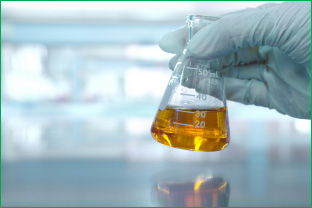The Emerging Problem of PFAS
 As science and technology continue to develop new products, they are also learning the long-term effects of these products. These new innovations and learnings present issues that must be addressed in the water and wastewater industry. The latest contaminant on the radar is something you may use every day: perfluoroalkyl and polyfluoroalkyl (PFAS).
As science and technology continue to develop new products, they are also learning the long-term effects of these products. These new innovations and learnings present issues that must be addressed in the water and wastewater industry. The latest contaminant on the radar is something you may use every day: perfluoroalkyl and polyfluoroalkyl (PFAS).
In use since the 1940s, PFAS are human-made chemical compounds not naturally found in the environment. PFAS are used to produce numerous commercial household products including stain and water repellent fabrics, nonstick products like Teflon and many polishes and waxes. PFAS are also used in firefighting and by the military.
Studies have shown that PFAS are persistent in the environment and the human body. They don’t break down and tend to accumulate which can lead to adverse health effects.
While the EPA has not yet issued a Maximum Contaminant Level (MCL) for PFAS in drinking water, it has stated it will have a national management plan in place for the compounds by the end of 2018.
With more than 11,000 PFAS-contaminated sites, Michigan Governor Rick Snyder is unwilling to wait for federal guidelines. Michigan is taking the lead in mitigating PFAS in water. In November 2017, Governor Snyder created a PFAS Action Response Team and mandated statewide testing. In January, Michigan set the PFAS limit on groundwater people use for drinking water to 70 parts per trillion (ppt). In July, two Michigan townships were declared a state of emergency after they reported PFAS levels of more than 1,600 ppt. Statewide groundwater and public water supply testing will continue.


